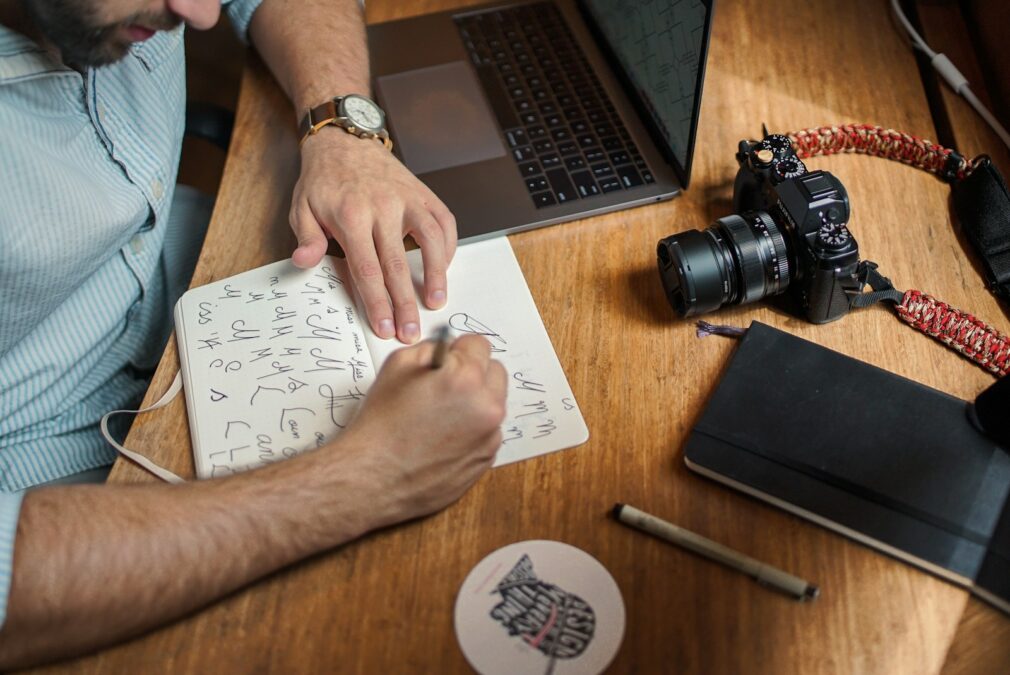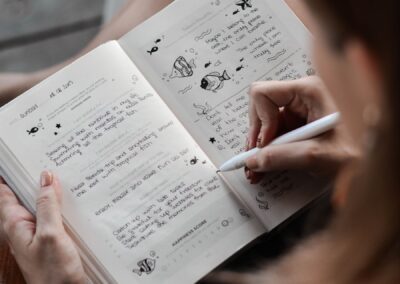The Journey of Creative Design and Collaboration
The Evolution of Creative Design
The creative design process is not a straightforward path but rather a series of artistic choices shaped by collaboration and evolution. Designers like Marc Jacobs understand the importance of selecting fabrics based on what they wish to convey. The process involves working closely with mills to refine these choices until the vision becomes a tangible reality. This collaborative approach emphasizes the importance of communication between designers and fabric suppliers, ensuring that each fabric aligns with the intended message. Designers then use these materials to express their creativity and tell a story through fashion.
Collaboration: The Heart of Creative Design
Collaboration stands at the heart of the creative design process, as it requires teamwork to translate ideas into practical design. The selection of fabrics involves understanding what each material represents and how it contributes to the overall vision. By collaborating with mills and textile experts, designers can achieve unique effects and realize their creative ambitions. It’s a dynamic interplay that highlights how design choices influence the final product. This collaboration goes beyond mere aesthetics, influencing how the garment feels, moves, and communicates its message to the audience.
The Role of Fabric Selection in Design
Fabric selection is a crucial step in the creative design process. The choice of fabric affects the look, feel, and movement of the final product. Different fabrics can emphasize various elements of design, from structure and silhouette to color and texture. Designers carefully choose fabrics that best align with their creative vision, considering not only the aesthetic qualities but also the practical aspects like durability and comfort. This process often involves working closely with textile manufacturers to develop custom fabrics that perfectly fit the design requirements. In doing so, they ensure that the finished product truly embodies their creative intent.
The Influence of Fabric Mills on Design
Fabric mills play a pivotal role in the creative design process, providing designers with the materials necessary to bring their visions to life. Their expertise in textile production allows for the creation of custom fabrics that align with specific design requirements. By working with mills, designers can explore different textures, patterns, and finishes that enhance their creations. This partnership enables them to experiment with innovative materials that push the boundaries of design. The close collaboration between designers and mills ensures that the final product reflects the intended vision, demonstrating the importance of this relationship in the fashion industry.
Challenges in the Creative Design Process
The creative design process is not without its challenges. Designers often face hurdles in translating their vision into reality due to constraints in fabric availability or production limitations. Working with mills requires clear communication to ensure that the fabric meets the specific needs of the design. Additionally, the collaborative nature of design can lead to compromises that affect the final product. Despite these challenges, designers like Marc Jacobs demonstrate resilience and creativity in overcoming obstacles, ensuring that their creations reflect their artistic vision.
Marc Jacobs: A Visionary in Creative Design
Marc Jacobs exemplifies the power of the creative design process, consistently producing designs that reflect his unique vision. His work highlights the importance of collaboration, fabric selection, and innovation in creating distinctive fashion pieces. By engaging with mills and other stakeholders in the industry, Jacobs demonstrates how designers can achieve their creative goals through teamwork and dedication. His success is a testament to the importance of embracing the collaborative nature of design, ensuring that every piece tells a story that resonates with audiences.
Continuous Evolution in Creative Design
The creative design process is a continuous journey that evolves with each collection. Designers must adapt to changing trends, emerging technologies, and shifting consumer preferences. This evolution requires a willingness to experiment, collaborate, and refine ideas to stay ahead in the industry. As demonstrated by Marc Jacobs, the ability to navigate this ever-changing landscape is crucial for success. Designers who embrace the creative journey and remain open to innovation are better positioned to craft unique and meaningful designs that capture the spirit of the times while maintaining their distinct voice.
#Work, #Choices, #Effort, #MarcJacobs, #American, #Designer
























